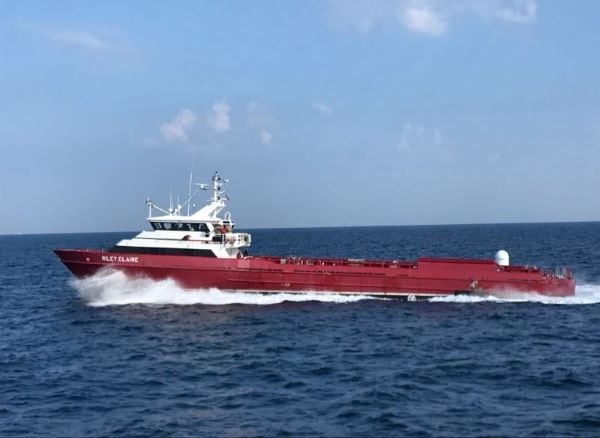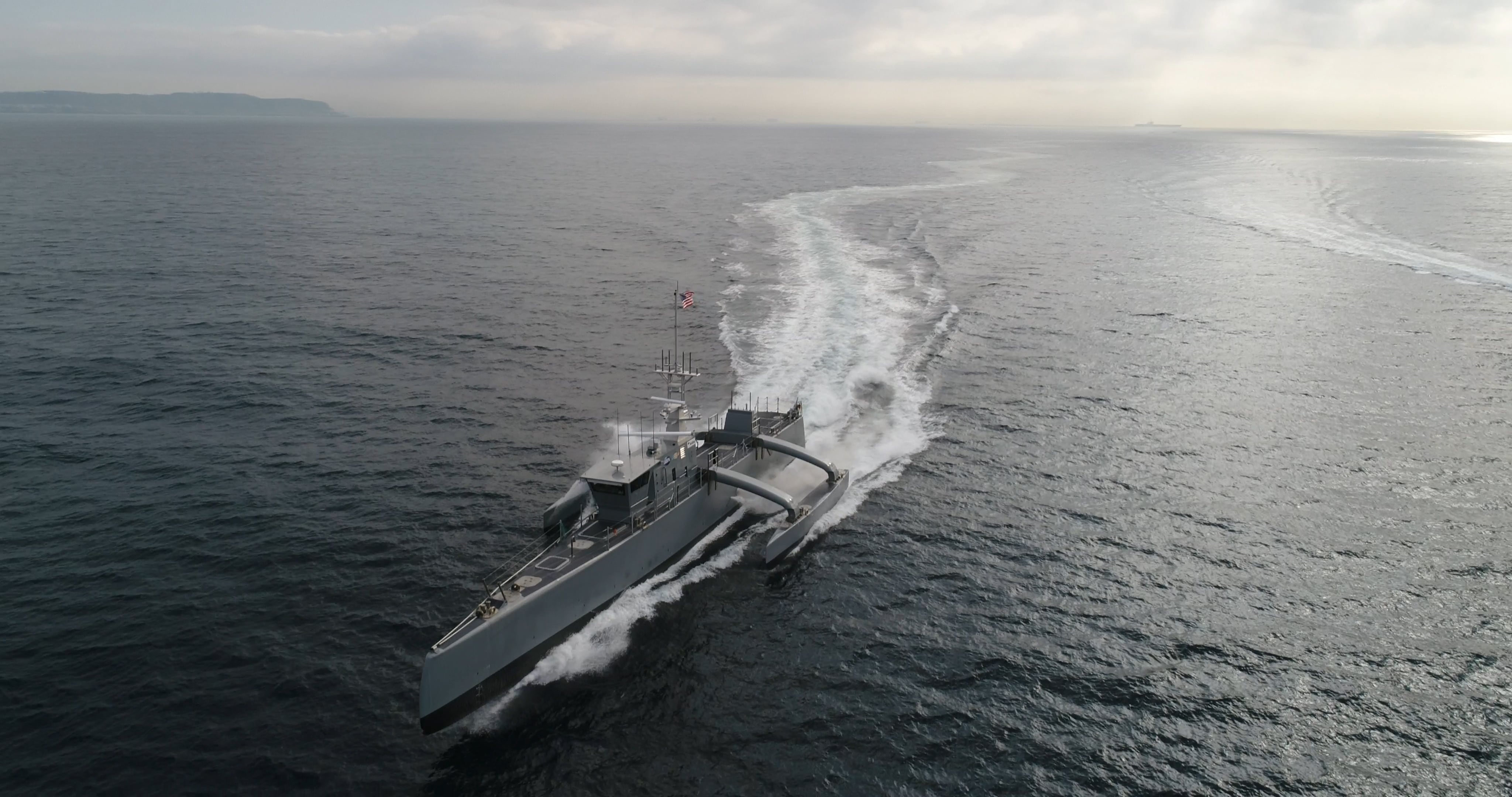WASHINGTON — The U.S. Defense Advanced Research Projects Agency has launched its newest foray into unleashing robot warships on the world’s seas: NOMARS.
No, it’s not in reference to the former Red Sox standout infielder Nomar Garciaparra. The acronym stands for “No Manning Required, Ship,” and it’s part of DARPA’s plan to take its Sea Hunter drone ship a step further.
The idea is to design a ship from the keel up that will never have a human on board.
“NOMARS will challenge the traditional naval architecture paradigm, designing a seaframe from the ground up with no provision, allowance, or expectation for humans at sea,” according to a solicitation posted by DARPA.
“By removing the human element from all ship design considerations, NOMARS will demonstrate significant advantages, to include size, cost (procurement, operations, and sustainment), at-sea reliability, survivability to sea-state, survivability to adversary actions (stealth considerations, resistance to tampering, etc.), and hydrodynamic efficiency (hull optimization without consideration for crew safety or comfort).”
RELATED

The U.S. Navy is enthusiastically pursuing a new architecture for its surface and subsurface fleets that gradually reduces dependence on expensive manned platforms for many traditional functions like surveillance, targeting, electronic warfare and strike warfare.
But one of the issues with that architecture is the problem of maintaining them without a crew aboard. To get after that aspect, the NOMARS program is going to split into two tracks.
“Track A (Integrated Seaframe Design and Maintenance) will create a framework to evaluate potential design trades against performance requirements, both in terms of the design of the human-less seaframe, as well as the maintenance architectures that would be needed to operate the seaframe,” the solicitation read.
“Track B (Enabling Sub-system Technologies) will allow for agile development of relevant subsystem technologies, with a focus on self-adaptive health management for systems relevant to and of similar complexity as that associated with the hull, mechanical, and electrical systems of a seaframe.”
DARPA held a proposal session Jan. 13.
The ship, which will not immediately integrate payloads, should leave room for that integration later.
“NOMARS focuses on exploring novel approaches to the design of the seaframe (the ship without mission systems) while accommodating representative payload size, weight, and power,” according to DARPA’s website.
RELATED

Wrong approach?
The Navy is currently pursuing both a large and medium unmanned surface vessel that can perform missions for the surface Navy as a means of increasing aggregate naval power without wrapping a $2 billion hull around 96 missile tubes, as Chief of Naval Operations Adm. Michael Gilday has said publicly, referencing the Arleigh Burke-class destroyer.
A recent study by the Center for Strategic and Budgetary Assessments said the Navy was barking up the wrong tree in its pursuit of an optionally manned large unmanned surface vessel, saying it should instead pursue an “optionally unmanned” corvette that could perform the normal range of peacetime surface Navy missions and perhaps be used as an unmanned external missile magazine in the event of conflict.
The drive toward integrating unmanned surface vehicles in the force, which Navy officials suggested could make up a significant portion of the future fleet’s force structure, was kicked off in earnest with the rollout of the 2020 budget.
Senior Navy officials have talked about the LUSV as a kind of external missile magazine that can autonomously navigate to and integrate with the force, then shoot its missiles and return for reload, keeping the big manned surface combatants in the fight and fielded longer.
David B. Larter was the naval warfare reporter for Defense News.






